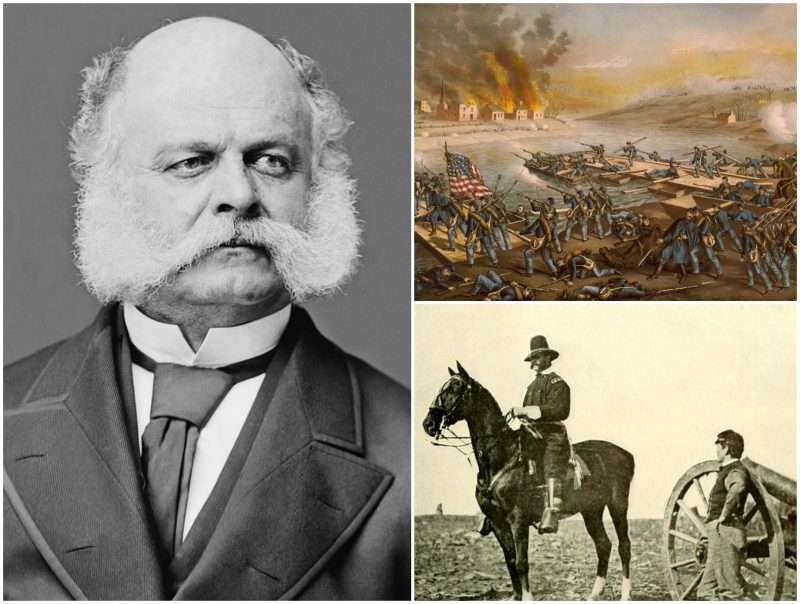The facial hair found on the prominent chins of philosophers, scientists, military heroes, and lumberjacks, “sideburns” take their amusing name from Union General Ambrose Burnside.
The Civil War veteran did not have many victorious battles, but today he is remembered for his unrivaled facial hair.
Originally called burnsides, the glorious facial hairs drove fear into the hearts of the enemy, and raised morale among fellow soldiers. The carefully constructed, clean-shaven sideburns were a wonder to behold for long afterward, whether it was on Herbert Spencer, Peter Fonda, or Elvis Presley.
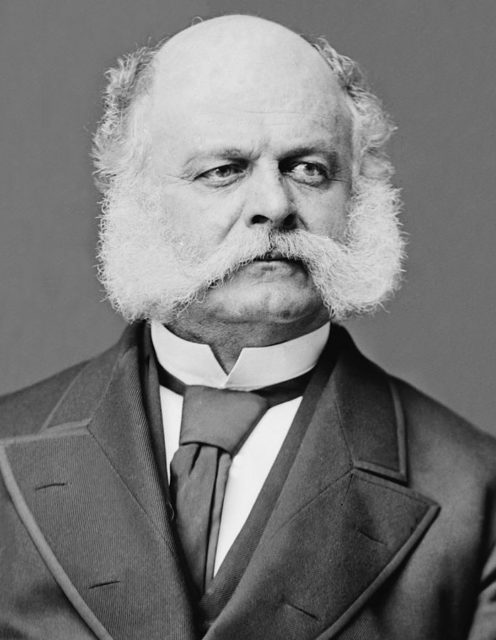
Burnside was born in Liberty, Indiana, the fourth boy of nine children. His parents, Edghill and Pamela Brown Burnside, were of Scottish descent.
His father was a slave owner who freed his slaves when they moved to Indiana. Ambrose became an apprentice tailor after the death of his mother.
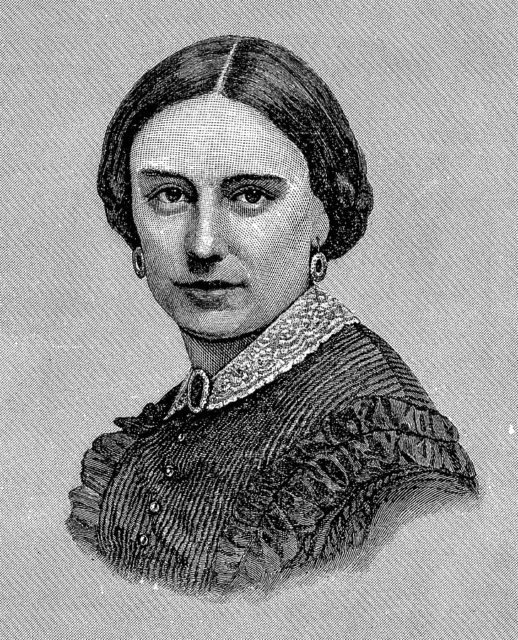
Although Burnside was not very famous for his battles, the General’s mutton chops were easily recognizable. Thanks to his trend-setting facial hair, the 19th-century folk were already calling the style Burnside.
He was the senator for Rhode Island, and also the first president of the National Rifle Association. He had his successful campaigns as a Union general in eastern Tennessee and North Carolina, and defensive counter-attacks on General John Hunt Morgan’s army.
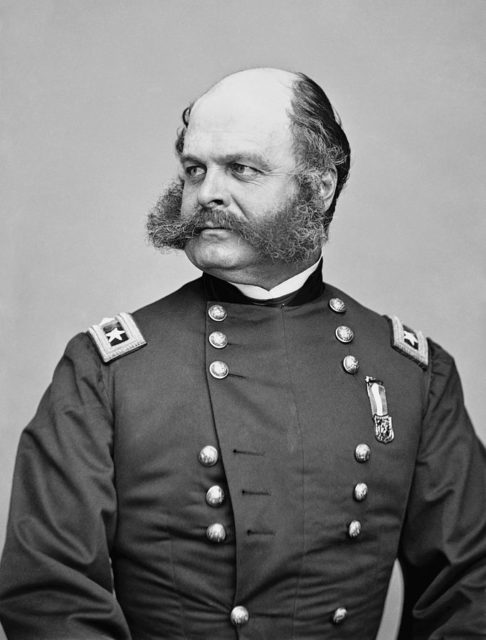
In contrast, he also had his fair share of disastrous defeats, like the Battle of Fredericksburg and Antietam. It should be said that he was reluctant in leading the charge of Fredericksburg, feeling he was incapable of a decisive strike.
Back in his home state of Rhode Island, he was connected to the state militia and with his skills and contacts, he started manufacturing weapons there. He held a patent for a 19th-century carbine rifle named the “Burnside carbine.”
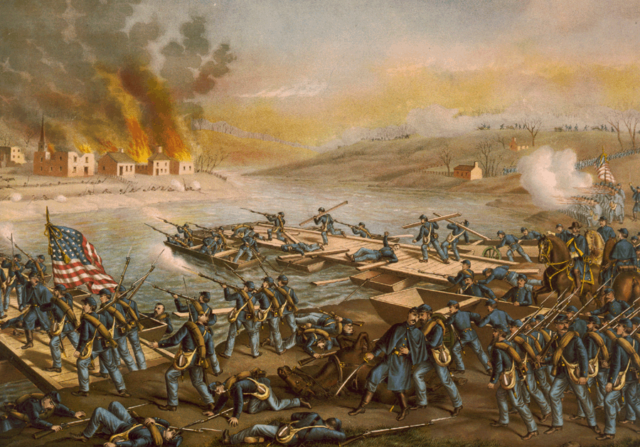
The experience and weapon skills garnered in Rhode Island quickly earned him a place in the Army when he was needed after the outbreak of the Civil War. Eventually, he rose through the ranks as a general in the Union Army. When the Civil War ended, he spent the rest of his life as a senator of Rhode Island.
The etymology of the word beard is somehow related to the Latin equivalent word barba. Thus, the word barber stands for “someone who cuts hair.” With that said, “whisker” derives from “whisking” or lightly touching. This may be because whisk or “whisker” in the 15th century meant that it could have been a contraption made out of feathers and was used as a light brush.
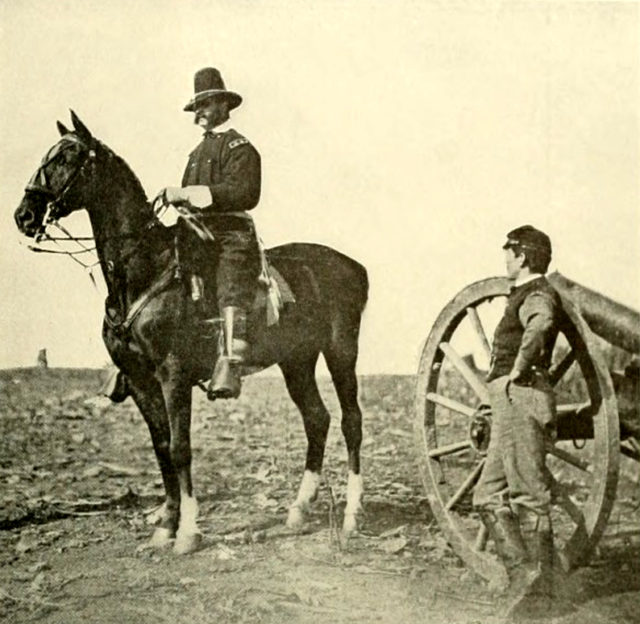
Starting from the end of the 19th century and throughout the two world wars, many soldiers would follow Burnside’s fashionable trend. The clean-shaven face of the average soldier could be seen with whiskers, goatees, and many types of beards.
It was not solely Burnside’s “fault” for sparking this hairy revolution. Other key figures throughout history wore sideburns, but what makes Burnside so distinct was his brilliant mustache that flawlessly combined with his sideburns, imbuing courage within the Union soldiers’ hearts wherever his sideburns went.
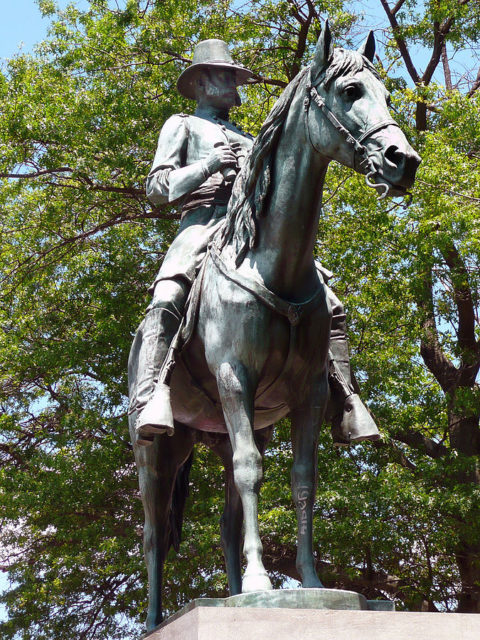
“The thieves before going into Court, were especially careful of their toilet, and from all reports, as a great many ladies were in attendance, were much admired—looked the “gentleman” much more than honest men surrounding—particular the thief with the “Burnside whiskers,” who was, in point of physical attraction, voted par excellence.” – Excerpt from the newspaper “Evening Telegraph “(Philadelphia, PA), May 1866.
The legacy of the almighty Burnside lives on. Its influence on fashion is undoubted. Of course, before Burnside’s rising popularity, there was a name for the distinct style” “side-whiskers.” So, the “sideburns” was a simple play of words.
